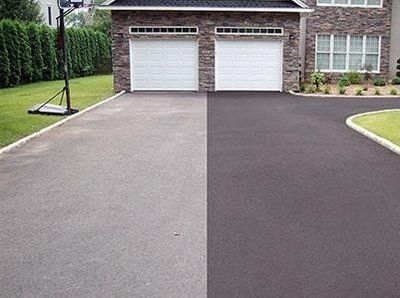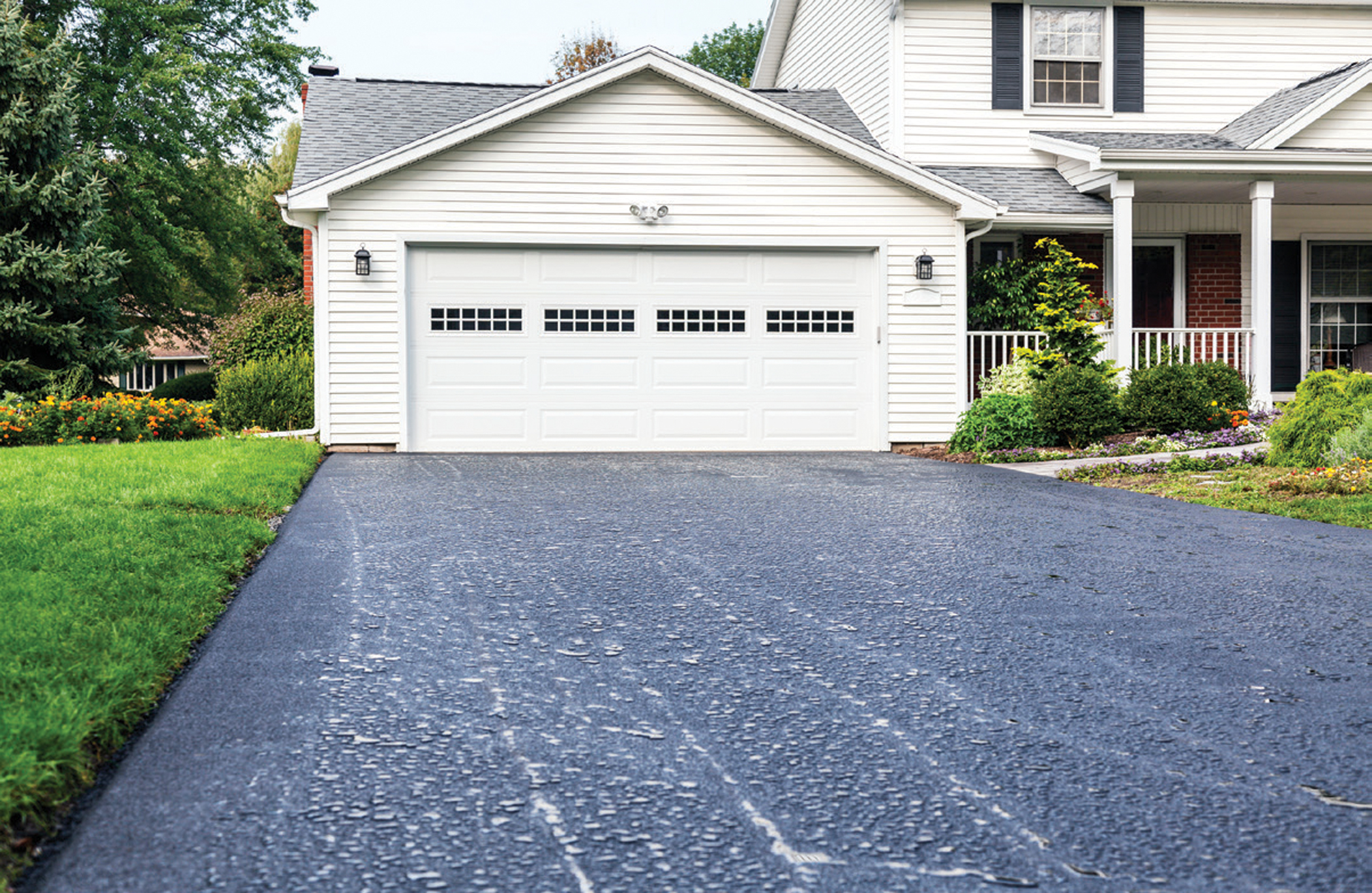Resilient Results: Asphalt Patch Repair Via Precision Sealing
Resilient Results: Asphalt Patch Repair Via Precision Sealing
Blog Article
Cold Mix Asphalt Vs. Hot Mix Asphalt: Which Is Right for You?

Structure Differences
Cold mix and hot mix asphalts vary significantly in their structure, with distinctive characteristics that influence their performance and applications. Cold mix asphalt is produced by emulsifying the asphalt binder with water and an emulsifying agent before blending it with aggregate. This approach allows for the asphalt to be convenient at lower temperature levels, making it excellent for short-term repair work and for use in chillier climate condition. Warm mix asphalt, on the various other hand, is produced at heats, usually between 300-350 ° F, which helps to attain far better compaction and a more sturdy last product. The warm mix asphalt production process includes warming the aggregate and asphalt binder separately before incorporating them at the asphalt plant.
Moreover, chilly mix asphalt has a tendency to be much less thick and a lot more adaptable than warm mix asphalt. This flexibility makes it better matched for locations with higher degrees of activity, such as driveways or roadways with rush hour. On the other hand, hot mix asphalt is understood for its high longevity and resistance to rutting and fracturing, making it a preferred choice for highways and high-traffic roads where durability is important.
Setup Refine Variations
The procedure of installing cold mix and hot mix asphalt exhibits significant variances in their needs and treatments. In contrast, warm mix asphalt necessitates an extra fancy installation process. Due to the heating demands, hot mix asphalt installments are usually brought out by experts with specific devices, ensuring a more permanent and structurally sound outcome.
Toughness and Long Life Variables
When considering asphalt alternatives, toughness and longevity are important elements to review for lasting sidewalk efficiency. Warm mix asphalt (HMA) is known for its extraordinary durability and longevity.
In regards to long life, HMA commonly outshines CMA because of its superior stamina and resistance residential properties. HMA pavements have a longer service life, requiring much less constant repair work and maintenance, which can translate to cost financial savings in the future. Furthermore, HMA sidewalks are more conveniently personalized to meet see this certain project demands, better enhancing their longevity.
Expense Considerations
Thinking about the monetary ramifications is a crucial aspect when evaluating the selection in between warm mix asphalt (HMA) and cold mix asphalt (CMA) for sidewalk projects. While the first expense of hot mix asphalt is generally more than that of cool mix asphalt, HMA usually gives a much more affordable solution in the future due to its premium toughness and longevity. HMA is recognized for its capacity to withstand hefty website traffic tons and harsh climate problems, reducing the demand for constant repair work and upkeep. On the various other hand, chilly mix asphalt is more budget friendly upfront but might call for more regular patching and resurfacing, causing higher maintenance costs over time.
In addition to material prices, it's important to think about the costs associated with installment and maintenance when comparing HMA and CMA. HMA generally needs customized devices and experienced labor for appropriate installation, which can impact general task expenses. Alternatively, CMA is less complicated to collaborate with and can frequently be applied utilizing easier strategies, potentially decreasing installment expenses. Eventually, the decision between HMA and CMA ought to consider our website not just the preliminary price yet additionally the lasting financial effects to determine the most cost-efficient option for the specific sidewalk project.
Environmental Effect Contrast
Contrast of the environmental impacts in between hot mix asphalt (HMA) and cold mix asphalt (CMA) discloses distinct distinctions in sustainability methods. HMA production requires heats, causing enhanced power usage and greenhouse gas emissions. The process additionally launches unpredictable organic substances (VOCs) and unsafe air toxins (HAPs) into the environment. In contrast, CMA is produced and applied at reduced temperature levels, decreasing power usage and emissions dramatically. The lower manufacturing temperature levels of CMA cause decreased gas usage and reduced degrees of carbon dioxide exhausts, making it visit their website a more environmentally friendly choice.
Furthermore, the use of CMA commonly includes reusing existing asphalt pavement, advertising source preservation and lowering the quantity of waste sent out to garbage dumps. By opting for CMA over HMA, road construction tasks can contribute favorably to ecological conservation initiatives.
Conclusion
In conclusion, the choice in between cold mix asphalt (CMA) and warm mix asphalt (HMA) depends upon various variables such as structure, setup procedure, longevity, long life, expense, and environmental impact. cold mix asphalt. While CMA offers a quick and cost-efficient option for minor repair services, HMA makes sure exceptional resilience and durability for hefty website traffic areas. Consider these variables very carefully to figure out which kind of asphalt is the right selection for your paving requires

Taking into consideration the financial implications is an essential element when reviewing the selection in between hot mix asphalt (HMA) and cool mix asphalt (CMA) for pavement projects. While the preliminary expense of warm mix asphalt is commonly higher than that of cool mix asphalt, HMA frequently provides a more economical remedy in the lengthy run due to its premium resilience and durability. angle parking.Contrast of the ecological influences between hot mix asphalt (HMA) and cold mix asphalt (CMA) discloses unique distinctions in sustainability techniques.In final thought, the option in between chilly mix asphalt (CMA) and hot mix asphalt (HMA) depends on various elements such as make-up, installation process, toughness, long life, cost, and environmental impact
Report this page